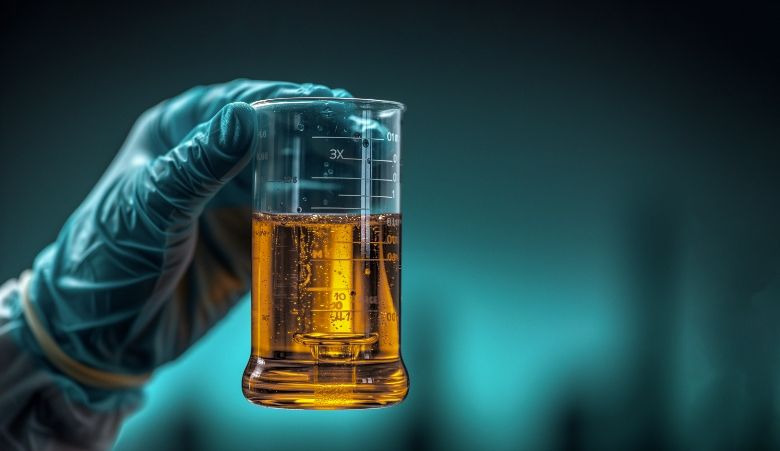-
CAS64742-89-8
-
Structural formula
C10H8
Remove naphtha from the exhaust air
What is naphtha?
Naphtha is a highly flammable, colourless to yellowish liquid consisting of a complex mixture of hydrocarbons. It is extracted from crude oil in various refinery processes and plays an important role as a starting material for the chemical industry. Naphtha is used in the production of plastics, solvents and as a component of fuels. Due to its versatility and wide range of applications, naphtha is an essential component of modern industry.
Creation
Naphtha is mainly produced in refineries through the distillation of crude oil. In the petrochemical industry, it is used as a raw material for the production of ethylene, propylene and other olefins. It is also used in the production of plastics, synthetic fibres and synthetic rubber, as well as a solvent in the paint, varnish and adhesives industries. Naphtha is also used as a component of petrol and jet fuels.
Recognition
Naphtha is mainly produced in refineries through the distillation of crude oil. In the petrochemical industry, it is used as a raw material for the production of ethylene, propylene and other olefins. It is also used in the production of plastics, synthetic fibres and synthetic rubber, as well as a solvent in the paint, varnish and adhesives industries. Naphtha is also used as a component of petrol and jet fuels.
Limit values
In Germany, the limit values for naphtha are regulated by the Technical Instructions on Air Quality Control (TA-Luft) and the occupational exposure limit values (OEL). The OEL for naphtha is 300 mg/m³. These limit values are intended to ensure that the concentrations in the workplace do not cause any damage to health.
Hazards
Health: High concentrations of naphtha can lead to respiratory irritation, dizziness, headaches and drowsiness. Long-term exposure can damage the nervous system and lead to neuropathies. If swallowed, there is a risk of poisoning, which can cause nausea and vomiting. Environment: Naphtha is poorly biodegradable and can contaminate water and soil in high concentrations, which can damage flora and fauna. It can disturb the ecological balance. Economic damage: Improper handling of naphtha harbours the risk of explosion and fire, which can lead to considerable material damage and production losses. High insurance costs and legal consequences are also possible risks.
The oxytec Purification Technology
For many organic pollutants, we offer energy-saving and clean technologies for neutralisation, which we combine in multi-stage plants. In order to achieve a reduction below the limit values, not only the dimensioning of the respective purification stage but also the sequence of the technologies is decisive, as they have different physical effects on the molecules. Below we present some of our purification modules.
CWA
Alternative technologies
In addition to our solutions, there are other technologies such as conventional activated carbon filters and simple ventilation systems. However, these often have disadvantages such as high energy consumption, limited cleaning performance, large space requirements, long lead times and high investment costs.
Advantages of the oxytec solution
- Compact design: Small footprint compared to traditional systems
- Low operating costs, therefore fast amortisation
- Environmentally friendly: Minimal environmental impact thanks to innovative technologies
- Efficient naphtha reduction: High efficiency thanks to high purification levels with minimal energy consumption
